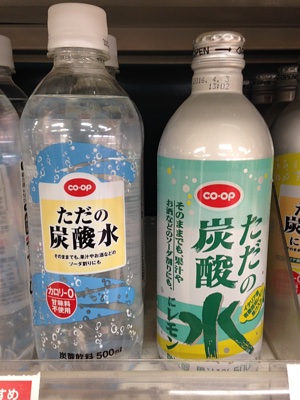The king of public entertainment
The National Diet Library recently put Nunome Eiichi's essay, The Popularization of Rōkyoku through Records, online.
From the latter half of the Meiji era (1868-1912) to the middle of the Showa era (1926-1989), for little over a 50 year period, rōkyoku (naniwabushi) were enjoyed enthusiastically in every corner of Japan, and were hailed as "the king of public entertainment". Records played a key role in their popularization.
Since about 1900, visitors to the precincts of Sensou-ji Temple could listen to sounds from phonographs in the phonograph shop. This phonograph was called the "Ediphone", and had a number of rubber tubes directly connected to the device. The end of each tube forked, forming something akin to a stethoscope one would place over both ears and use to listen. During the 40’s of the Meiji era (1907-1912), when rōkyoku passed its golden age, popular stars had their names painted in rubric on sheets and sheets of paper that would flutter in the wind.
"The very first disc recording in Japan was made in 1903 in the Hotel Metropole at Tsukiji," Nunome notes. I had not heard that!
Some of the examples can only be played within the NDL (or a partner organization), but quite a few can be played by anyone anywhere.
![[No-sword]](http://no-sword.jp/images/site/no-sword_banner.jpg)



